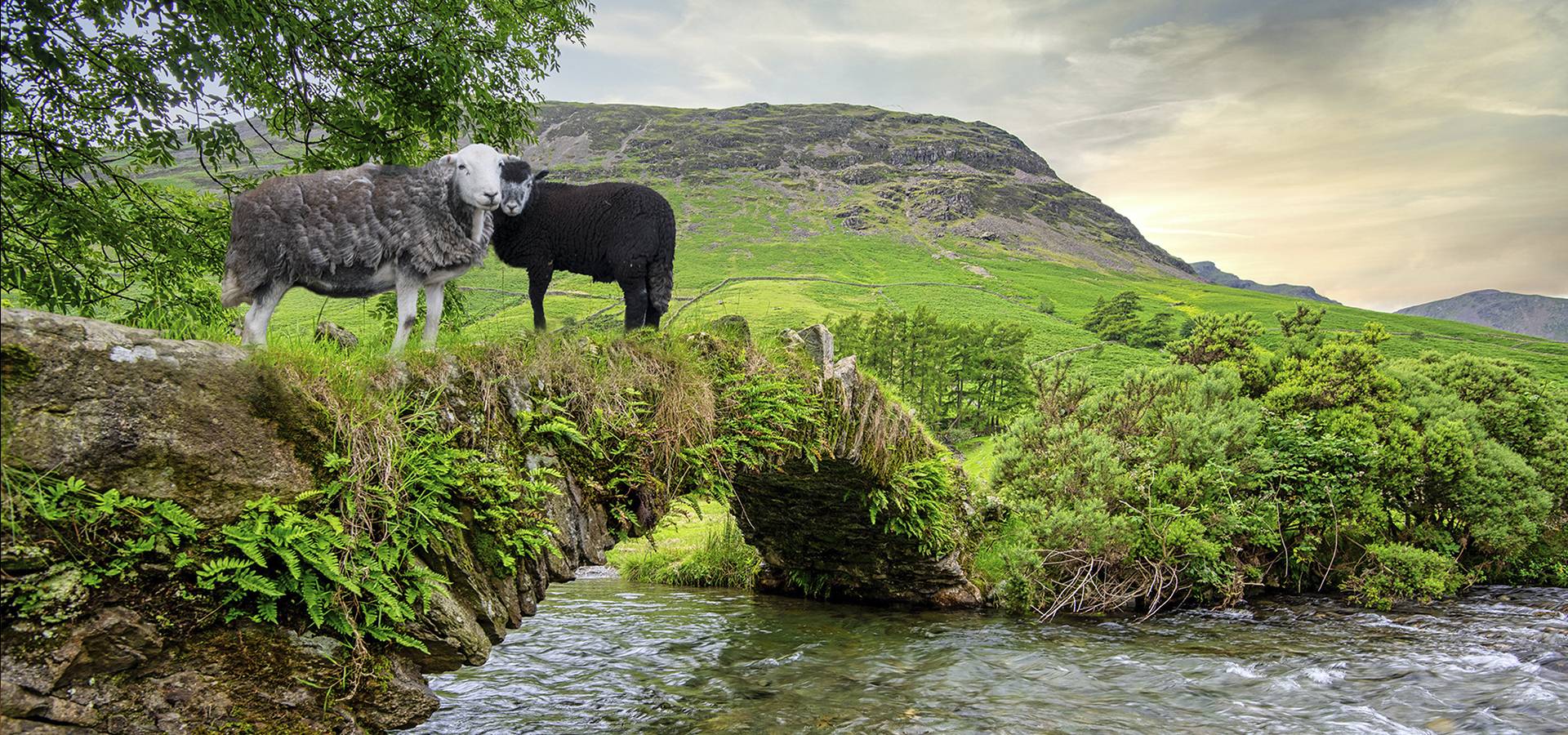
“Very few years in recent history have proved to be as chaotic as 2022. Three different Prime Ministers in as many months, one of whom appears to have done more damage to the country’s economy in forty-eight hours than even the most inept managed in years. And all this while President Putin is hell bent on destroying Ukraine, the ‘breadbasket’ of Europe.
For the UK’s livestock farmers the cost of production has taken a huge upward lift, and despite farmgate values of most commodities rising and Liz Truss causing a sudden drop in the value of the pound, which would usually assist the exporters, net returns have been squeezed to the point where margins are as small as they have ever been.
With low rainfall levels through the early part of the year combined with the first most significant country wide drought that we have experienced for some time, many parts of the UK became desert like. The demand for breeding sheep, historically driven by buyers from the South, was consequently lackluster, although possibly not as bad as was forecast with Kirkby Stephen, Lazonby, and Middleton in Teesdale Marts faring well at their special sales this year.
Prime sheep values averaged well at the start of the season, but by October prices began to fall behind 2021, and with feed costs rising there was a clear resistance to feeding sheep, resulting in greater numbers in the store markets and a noticeable premium for well fleshed lambs in the prime ring. This was helped by the confidence in the store ring where values remained level or slightly better than last year.
Retail lamb sales volume has fallen by 18.6% as the price paid by the consumer has risen by 10.6%, resulting in almost 10% less being spent on lamb, and as you would expect the major retailers have reduced their requirement accordingly.
It is difficult to predict where the prime hogg market will go into the spring. The general feeling is that with the number of store lambs sold this autumn there are still plenty of lambs to come, but it is very much a guess, and if numbers aren’t as plentiful as we believe they are, the big feeders will be rewarded.
The finished cattle trade has been extremely buoyant, with values rising steadily all year. Numbers appear to be relatively tight, and as the processors attempt to manipulate the market by dropping the price, the big feeders turn the tap off, and the price returns to where it was. There is no doubt that the demand from small Wholesalers and Butchers is driving the best quality cattle back into the live rings where returns are substantially better than the deadweight alternative. The general feeling in the trade is that numbers will further tighten into the New Year, creating a likely lift in price.
The store market has been affected by the high cost of feed, but top quality, well bred cattle and short keep cattle have been in demand all year.
By far the greatest rise in values is in the cast cow market, where an increased demand for manufacturing product and export quality cows has driven prices to record levels. The demand for every class of cow in the live ring has firmly positioned the auction as the go to marketing method for beef and dairy producers, with Borderway showing the largest numbers in the UK every week.
A huge concern for the industry is the number of suckler cows coming through our cast cow rings. This has been dubbed the ‘silent dispersal’. As the price of cast cows outstrips the value of middle aged and older breeding cows, producers look to be taking the decision to reduce or disperse their suckler cows by leaving the bull out and splitting the calves off rather than selling them in the breeding ring. This phenomenon appears to be the case the length and breadth of the country, however, but until we see the calf registration figures from the suckler herd in a year’s time we will not know the true picture.
The dairy industry has enjoyed a better year, with liquid milk prices finally reaching a level that recognises the investment and hard work required to produce this purest of products, although like all other sectors of the livestock industry increased costs are having an impact. The Club and Monthly sales at Borderway have seen marked increases in values and numbers sold over the last six months, with Carlisle proving to be the place to market dairy cattle in the North of England and Scotland.
The trade for pedigree cattle and sheep has been fantastic all season. With records broken regularly throughout the year, it is clear that the demand for the best genetics in every class of livestock remains of crucial importance to the future of our industry, and Carlisle remains the venue of choice for pedigree livestock breeders across the country.
Auction markets across the country have enjoyed a successful year’s trading as values remain high and the livestock producers of the region continue to support the marketing system that works hardest for the producer.
It has been great to see our markets return to the busy, bustling centres that put them at the heart of the farming community.
Article by Scott Donaldson - Managing Director, Harrison & Hetherington